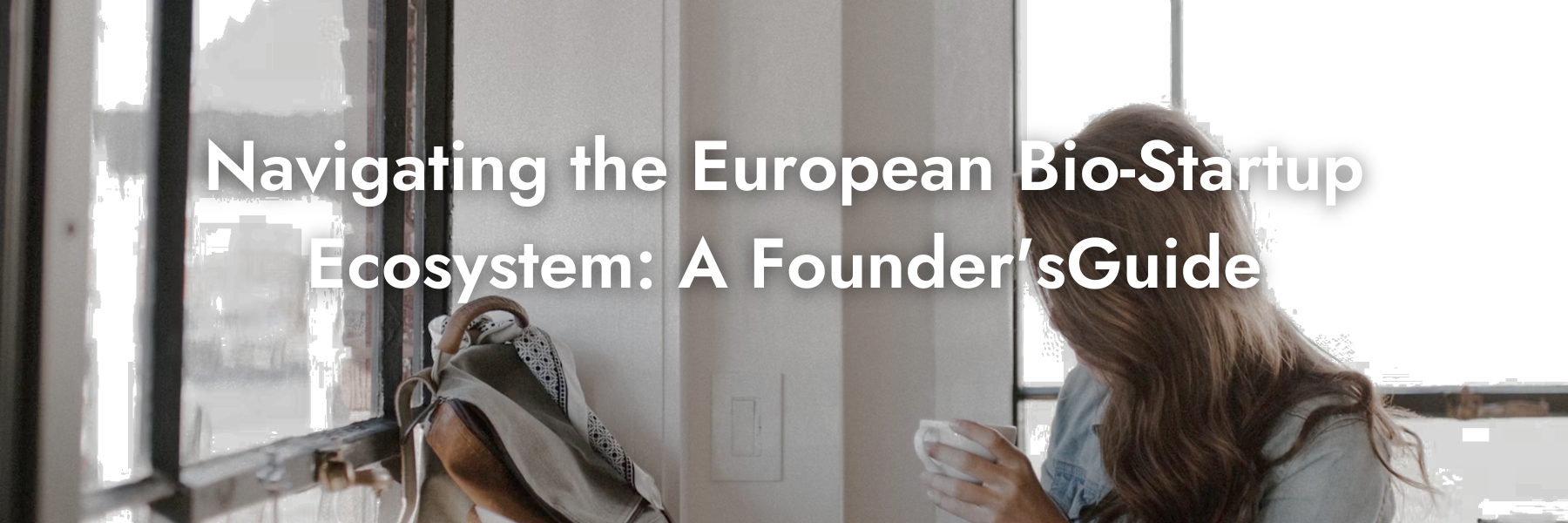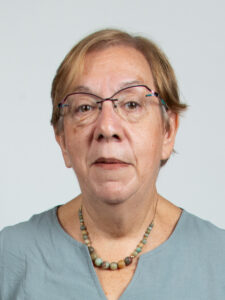Navigating the EMA’s SME Initiative: A Strategic Advantage for Biopharma and MedTech Startups
The European Medicines Agency (EMA) is a cornerstone in the regulation of medicines across the European Union (EU). Recognizing the unique challenges faced by small and medium-sized enterprises (SMEs) in the biopharma and MedTech sectors, the EMA has established a dedicated SME initiative. This program is designed to support innovation by simplifying regulatory processes and providing critical resources to startups aiming to bring innovative treatments and medical devices to market.
Understanding the SME Initiative
The EMA’s SME initiative offers a range of incentives and support services aimed at easing the regulatory burden on smaller companies. The primary goal of the initiative is to foster innovation by helping these companies navigate the complex regulatory landscape that often poses significant challenges for startups with limited resources.
Importantly, the SME status is not limited to pharmaceutical companies; it is relevant to all types of biomed and biotech companies, including those involved in medical devices, digital health technologies, and other life sciences fields. This broad applicability ensures that a wide range of innovative companies can benefit from the EMA’s support, regardless of their specific focus within the biomedical ecosystem.
To qualify for SME status, companies must meet the European Commission’s definition of an SME, which includes having fewer than 250 employees and meeting specific financial criteria related to annual turnover and balance sheet totals. Both European and non-European companies can apply for SME status. However, non-European companies must appoint a pharmaceutical regulatory affairs consultancy to serve as a European Economic Area (EEA) representative to handle their application. The process involves registering with the EMA, submitting relevant financial and legal documentation, and, for non-European companies, coordinating through an appointed representative within the EEA.
It’s also worth noting that the EMA’s SME Office does not charge any fees for registering SME status. This makes the initiative even more accessible to small companies, allowing them to take advantage of the available resources without incurring additional costs.
When to Seek SME Status
For startups, the ideal time to seek SME status is during the early stages of development, particularly when the company is preparing to engage with regulatory bodies or seeking investment. Early-stage companies often face significant challenges in navigating regulatory requirements and securing funding. Obtaining SME status can provide crucial support and resources that help mitigate these challenges.
The Strategic Value of SME Status for Startups
For startups, particularly those in the early stages of development, obtaining SME status with the EMA can significantly enhance their attractiveness to investors. Investors often view SME status as a positive indicator, signaling that a company is positioned to benefit from specific regulatory and financial incentives. These benefits can reduce development costs and expedite the time-to-market for new therapies and devices, which are critical factors for investors assessing the risk and potential return on their investments.
Moreover, SME status provides companies with access to scientific advice and support services that are crucial during the early stages of product development at a fee which is 10% of the full fee. An SME status will save you a lot of money, not only when you wish to get EMA advice but also when you approach European National Authorities.
This access can help companies refine their development strategies, ensuring alignment with regulatory requirements and ultimately improving the chances of successful product approval.
SME Status and Its Impact on Regulatory Affairs Milestones
SME status is particularly relevant when considering key regulatory milestones such as the Paediatric Investigation Plan (PIP) and PRIME (PRIority MEdicines) designation.
The PIP is a mandatory component for the approval of new medicines, even for those which are not intended for the pediatric population. For SMEs, the EMA offers fee reductions on PIP submissions, making it more feasible for smaller companies to meet this regulatory requirement without compromising their financial stability.
Similarly, the PRIME designation is designed to support the development of medicines that offer significant advantages over existing treatments. When submitting for PRIME designation, having an SME status reduces the burden of submitting clinical evidence at early stages of development.
The SME office has many initiatives aimed to assist companies with an SME status, that include training sessions, publications focused on hot topics, availability to answer questions related to the procedures within EMA, etc.
Conclusion
The EMA’s SME initiative is an invaluable resource for startups in the biopharma, MedTech, and broader biotech sectors. By offering regulatory assistance, financial incentives, and educational resources, the initiative helps SMEs overcome the barriers to bringing innovative products to market. Whether you are a European startup or an international company looking to enter the EU market, leveraging the EMA’s SME initiative could be the key to unlocking success in these highly competitive industries.


Subscribe Now to the Bio-Startup Standard
Notify me for the next issue!



















